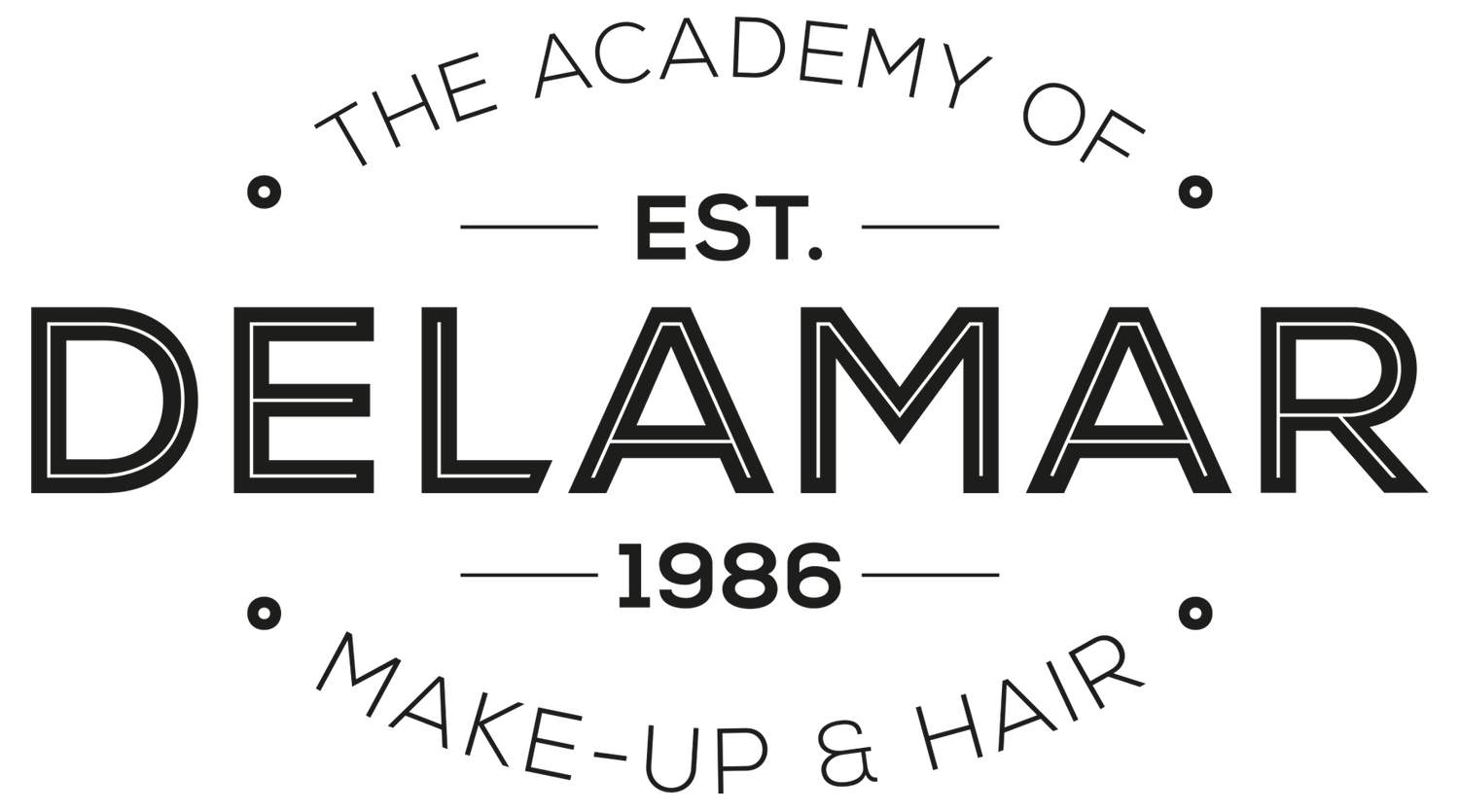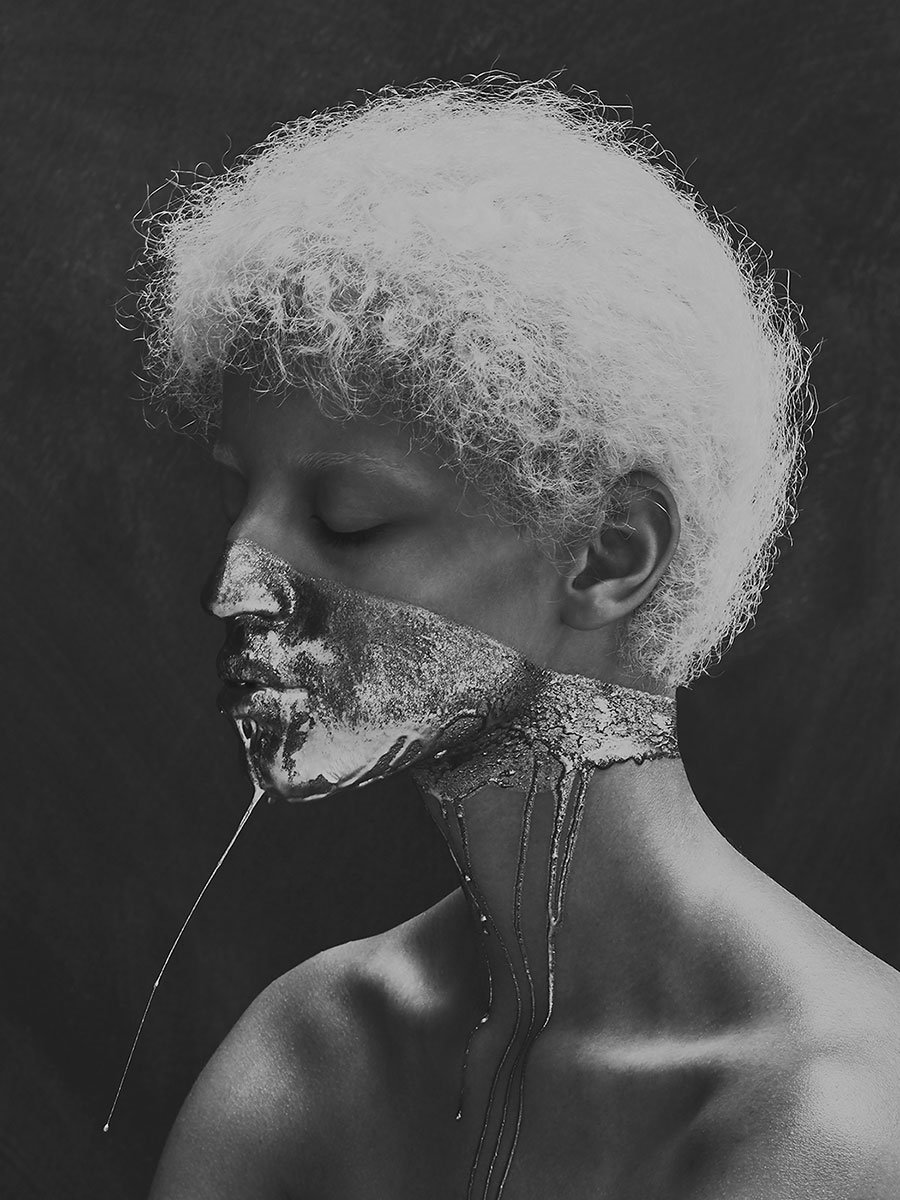Everything you need to know about Fashion Editorial shoots
An editorial shoot is a highly creative team effort to produce images that tell a story. This story is created through the medium of styling, makeup, and hair, retouch and often set design or even an artistic interpretation of a location.
What’s the point of an Editorial?
The purpose of an editorial is to express a high level of skill and bring to life a creative idea. Even the industry’s top photographers continue to showcase their skills, build portfolio images and contribute to the pages of fashion magazines, for free. There is no commercial value to an editorial, beyond showing the work of everyone involved. Some of the most show stopping and arresting imagery you will see in a fashion magazine, is in the editorials. Editorials are a creative playground where each person has an enjoyable amount of control over what they are doing. This freedom away from money can make everyone feel really relaxed on set.
How do Editorials get featured in magazines?
Firstly through being commissioned and second to that they are submitted. It is often good enough for an editorial to be produced for your book and social media. Once this editorial is retouched, the photographer will often approach different editors to see if they want to feature it in their magazine. If accepted, this can be very exciting for the team, as unexpectedly your work is being printed (and credited) in Vogue! Hurrah!
What’s the difference between Editorial and commercial shoots?
The photographer, stylist, makeup artists and hair stylists all have more control over their area of expertise than they would on a commercial job. Commercial shoots have a client who is paying everyone (also known as “money jobs”). This client is a brand, ad agency or production company with a very particular result in mind, usually to sell product. When extremely established photographers are hired, this is usually because the brand wants to creatively collaborate. We have now seen makeup artists taking centre stage on makeup brand campaigns, featuring in behind the scenes footage.
On most commercial shoots, the client will often express a preference on the makeup, hair and styling, with mood boards being provided. The client will most likely cast the models and lead the photographer as to what sort of shot they are after. Commercial shoots can be highly pressured for all involved, as you are working to make someone else happy, someone who is often not an expert in makeup, for example.
The Money talk
The first thing you need to know is that editorials do not pay. Most of the time the team funds this, where any costs are involved. In the instances where a makeup artist might do an editorial specifically for a magazine like Hunger or ID, the magazine will foot the costs of any equipment or styling, pay travel expenses and supply lunch, but the overall creative will be led by the magazine’s fashion or beauty editor. This is when an Editorial is “commissioned”. In this instance, the makeup artist will collaborate with said editor to come up with the makeup concept.
As an established makeup artist, you can be remunerated in product. If you decide to credit a brand in the editorial (providing it makes it to print or online), the brand will send you product for this privilege. Contact the brand or PR Company about this.
A word on experience
In this industry, the more established you are, the more control you have over your paid work with individual clients. An inexperienced makeup artist is more often hired to do what the client wants, a highly experienced makeup artist is hired to give their opinions and often provide the client their signature “look” or inform the client of their expert opinion before starting a makeup.


